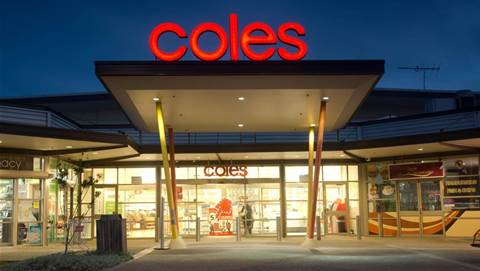The pandemic revealed some hard truths about supply chain resilience accelerated by digitalisation, but that also provided new opportunities to improve business outcomes.
Digital Nation spoke to Graham Conlon, vice president and head of SAP’s digital supply chain, on these new possibilities such as automation and analytic driven decisions.
“The key thing about COVID is that it's just made everything so visible, it's made everybody see the disruptions that lots of people have perhaps known about but they’ve been seen in the background,” says Conlon.

“In any supply chain [now, it’s] about how you manage those disruptions, and with COVID, the disruptions are just being on such a massive scale. This really shone a light on issues with resiliency in the practices in the processes, and on some occasions in the technologies, as well.”
An emphasis on resiliency is one also noted by Thomas O’Connor, senior director and analyst at Gartner.
“We've seen supply chains needing to rethink how they're structured, how they're operating,” says O’Connor.
“This idea around resilience and agility has certainly come to the fore. And we've seen a number of organisations needing to rethink how they're currently structured,” he says.
According to Conlon, the disruptions have taught businesses to think and act more holistically, than ever before.
“We've got organisations that are looking at the broader business impact looking at business transformation, and supply chain becomes a central pillar of business transformation,” he says.
Conlon believes that the logistics space is a hot topic for many businesses, with the area becoming more holistically involved and upscaled technologically.
“We see organisations that are really looking at the logistics part of their processes looking at how do they digitise some of those practices,” he says.
“I think there are key areas around automation, automation of warehousing activities, automation of the transportation to that broader logistics space.”
There has been a shift within SAP, according to Conlon, towards synchronised planning, allowing the business to move more efficiently.
“That's really this holistic approach, which says maybe there's organisations that may have invested in the supply chain planning piece in the past and organisations that are heavily invested in the logistics space, and now they're trying to join those dots.”


_(22).jpg&h=140&w=231&c=1&s=0)
_(20).jpg&h=140&w=231&c=1&s=0)

.png&h=140&w=231&c=1&s=0)



_(26).jpg&w=100&c=1&s=0)

 iTnews Executive Retreat - Security Leaders Edition
iTnews Executive Retreat - Security Leaders Edition












_(1).jpg&h=140&w=231&c=1&s=0)



